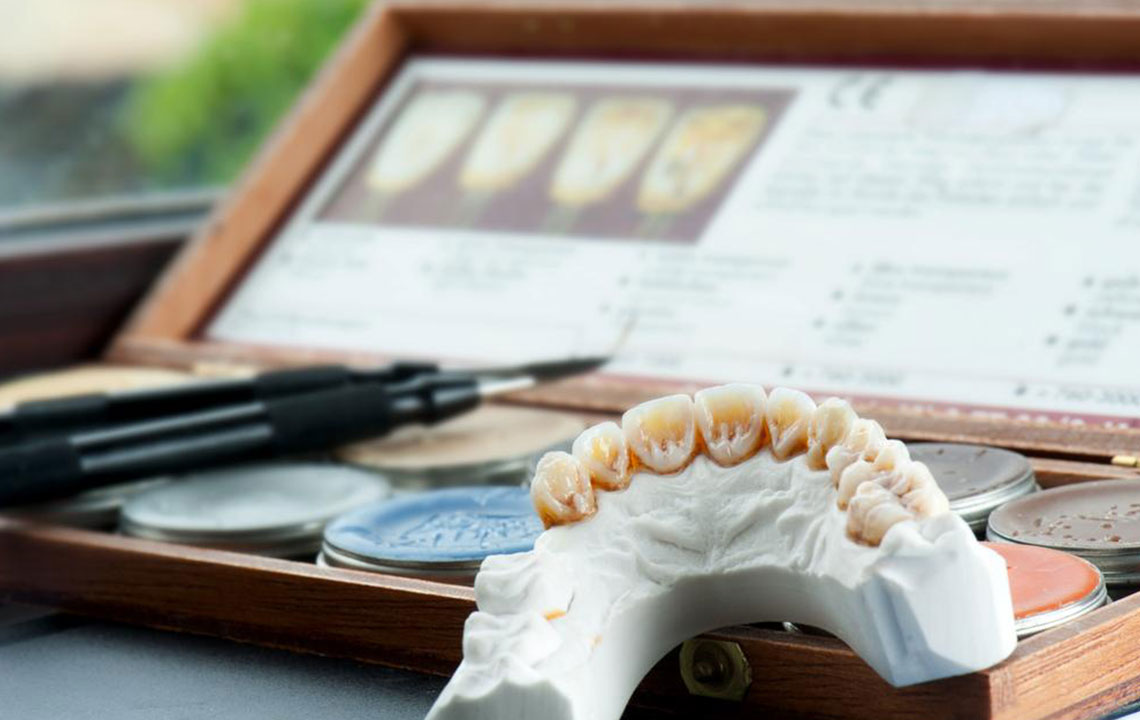Comprehensive Guide to Dental Implant Expenses and Their Benefits for Oral Health
This detailed guide explores the costs and benefits of dental implants, emphasizing factors affecting expenses, procedural components, and long-term advantages. It offers comprehensive insights for those considering this durable dental restoration option, highlighting the importance of quality and proper planning for optimal oral health and function.

Are you contemplating getting dental implants to enhance your oral health and restore your smile? While the idea of dental implants offers significant benefits, it’s crucial to understand the costs involved and what influences these expenses. Many patients are enticed by low-cost options, but it’s essential to evaluate whether those offers compromise on quality and safety. The expense of dental implant procedures varies greatly based on several key factors, including the qualification of the dental professional, the complexity of the case, and any additional treatments required to ensure successful implantation.
Dental implants are advanced prosthetic devices made of biocompatible materials, primarily titanium, designed to replace the natural roots of teeth. These titanium posts are surgically inserted into the jawbone, forming a sturdy foundation that supports various types of dental restorations, including crowns, bridges, or dentures. The implant acts as an anchor, providing stability and supporting functions similar to that of natural tooth roots. After placement, a process called osseointegration occurs, where the bone fuses with the implant, ensuring a natural, functional, and durable solution for missing teeth.
Understanding the components involved is essential. An implant involves several parts: the titanium post itself, an abutment which connects the implant to the prosthetic crown, and the crown, which is the visible part resembling a natural tooth. When multiple teeth are missing, more complex procedures involve multiple implants and carefully designed bridges to restore full functionality and aesthetics. The number of implants needed depends on the extent of tooth loss and individual oral health conditions.
One of the main reasons for choosing dental implants is their numerous advantages over traditional dentures and bridges. Implants offer exceptional durability, often lasting a lifetime with proper care, making them a cost-effective long-term solution. They are easy to maintain—regular brushing, flossing, and routine dental check-ups are sufficient—without the need for adhesives or special cleaning routines. Implants also look, feel, and function just like natural teeth, significantly improving chewing ability and speech clarity. Unlike dentures that may slip or click during eating or talking, implants provide secure stability, allowing patients to enjoy their favorite foods without worry.
The healing process following implant surgery is generally straightforward; most patients experience minimal discomfort or pain. This contrasts with the soreness and discomfort often associated with traditional dentures, which may require adjustments over time. Additionally, dental implants help preserve jawbone density, preventing bone loss that typically occurs when teeth are missing. This not only helps maintain facial structure but also reduces the risk of bone deterioration in the jaw over time.
Evaluating the financial aspect of dental implants involves understanding various cost components. The overall expense depends on numerous factors, including the initial assessment, diagnostic imaging such as X-rays or CT scans, and preparatory procedures like tooth extraction or bone grafting if necessary. For example, when the jawbone lacks sufficient density to support an implant, procedures like bone grafts or sinus lifts may be required, adding to the total cost.
The typical cost range for a single dental implant is approximately $1,000 to $3,000. However, this does not cover other essential components like the abutment and crown, which may cost an additional $500 to $3,000. The total expense for one implant can therefore reach around $4,000 when including all components. If multiple teeth need replacement, the total cost naturally increases, but it often provides a more predictable and stable solution compared to alternative methods.
For comprehensive dental restoration, full-mouth implant solutions, often involving several implants and prosthetic bridges, can cost up to $95,000. These costs vary depending on geographical location, the clinic’s reputation, the expertise of the dental professional, and whether insurance plans or payment options are available to assist in managing expenses. Patients should seek consultations from reputable clinics, review patient testimonials, and verify credentials before proceeding with treatment to ensure quality and safety.
In summary, while dental implants may seem costly initially, their durability, functionality, and ability to preserve jawbone health make them a valuable investment in long-term oral health. Careful planning, understanding the factors influencing costs, and exploring financing options can help you make an informed decision that aligns with your dental needs and financial considerations. Prioritizing quality over price ensures that you receive a safe, effective, and lasting solution to your dental restoration needs.





